Last-Minute NYC Holiday Gift Guide 🎁
We’ve created a holiday gift guide with presents for the intrepid New Yorker that should arrive just in time—


It’s been nearly fifty years since a freighter docked at the Red Hook Grain Terminal; now black mold overspreads its concrete silos like a mourning veil. Its origins can be traced to the construction of the New York State Barge Canal at the early 20th century, which widened and rerouted the Erie Canal to facilitate the latest advances in shipping. But by 1918, New York City was lagging behind in the nation’s grain trade and the canal was failing, operating at only 10% of its capacity. This now defunct facility was built in the Port of New York to invigorate the underused waterway—a state-run grain elevator in the bustling industrial waterfront of Red Hook, Brooklyn.
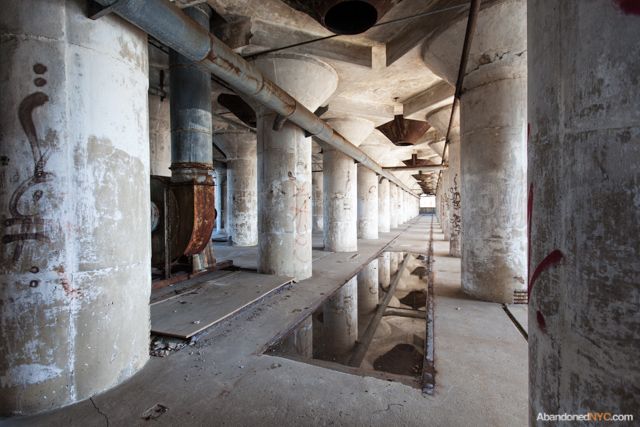
The structure is largely composed of 54 circular silos with a combined capacity of two million bushels. Grain was mechanically hoisted from the holds of ships, elevated to the top of the terminal, and dropped into vertical storage bins through a series of moveable spouts. When a purchase was made, the force of gravity would release the grain from the bins, at which point it was elevated back to the top of the terminal and conveyed to outgoing ships.
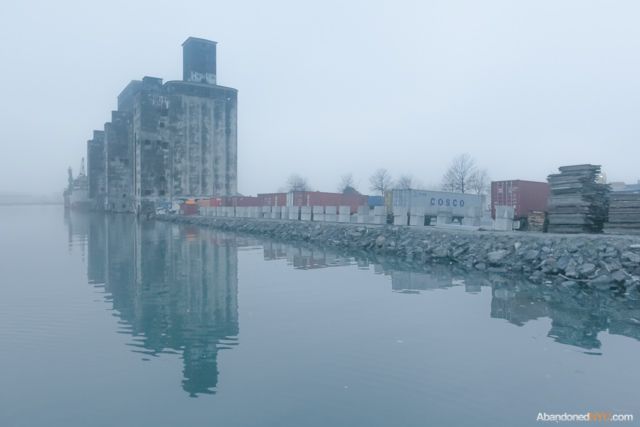
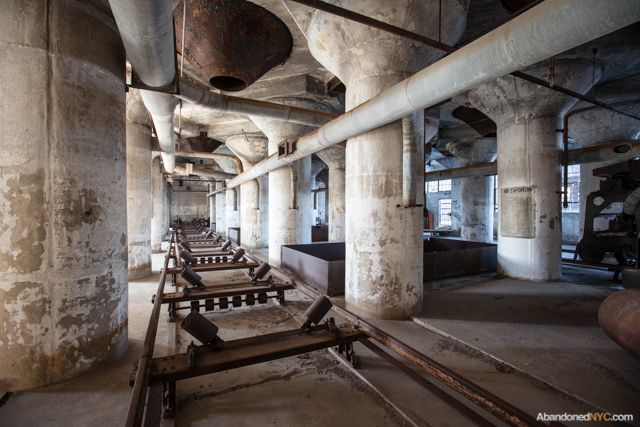
Red Hook’s grain elevator is one of many similar structures built across the country in the 1920s, most notably in Buffalo, NY. Guided by practical concerns and the laws of nature, American engineers had arrived at a new style of architecture, making a lasting impression on European architects. In Toward an Architecture (1928), Le Corbusier called the American elevators “the first fruits of a new age.” Their influence can be traced through the Brutalist movement of the 50s and 60s, through which inexpensive, unadorned cement structures dominated post-war reconstruction in Europe.
The Grain Elevator was an engineering marvel, but never became a commercial success. The structure quickly became obsolete in the mid-20th century as grain trade in the Port of New York steadily declined from 90 million bushels a year in the 1930s to less than 2 million in the 1960s. Contractors grew to avoid the New York Harbor, where the cost of unloading grain came to three to four times the rate of competing ports in Baltimore, Philadelphia, and New Orleans, largely due to local union restrictions.
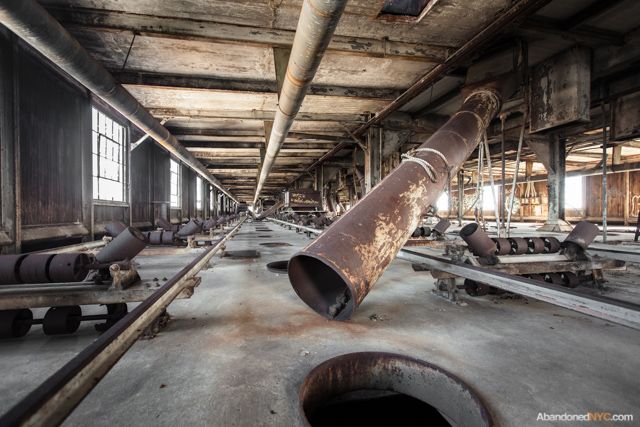
The collapse of the grain trade made up a small part of an overall decline along Red Hook’s industrial waterfront in the second half of the 20th century as shipping methods evolved and moved elsewhere. When the jobs dried up, much of the area cleared out, leaving a slew of vacant warehouses and decaying docks. In the year 2000, most of Red Hook’s 10,000 residents lived in the Red Hook Houses, one of the city’s first public housing projects. The development was a notorious hotbed for crack cocaine in the 80s and early 90s, but conditions have gradually improved over the years. A near complete lack of major subways and buses stalled gentrification in the neighborhood, but signs are becoming more common. Today, Van Brunt Street is scattered with specialty wine bars, cupcake shops, and craft breweries, and IKEA opened in 2007 on the site of a former graving dock.
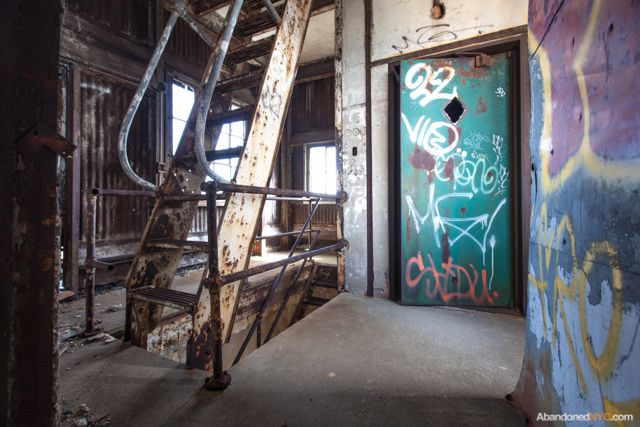
The Grain Terminal has been the subject of a number of reuse proposals over the years, but none of the plans have amounted to real progress at the site. The building sits on the grounds of the Gowanus Industrial Park, which currently houses a container terminal and a bus depot, among other industrial tenants. The owner is now seeking approval for a controversial plan to extend his property into the bay with landfill, using a concoction of concrete and toxic sludge dredged from the floor of the Gowanus Canal.
As battles wage over the future of the property, the Red Hook Grain Terminal hovers over the Henry Street Basin like a grieving ghost on a widow’s walk, watching for ships that will never return…
A word to the wise: the grounds of the Grain Terminal are patrolled by security, and they’re cracking down on trespassers. Attempting to access this building could result in your arrest.
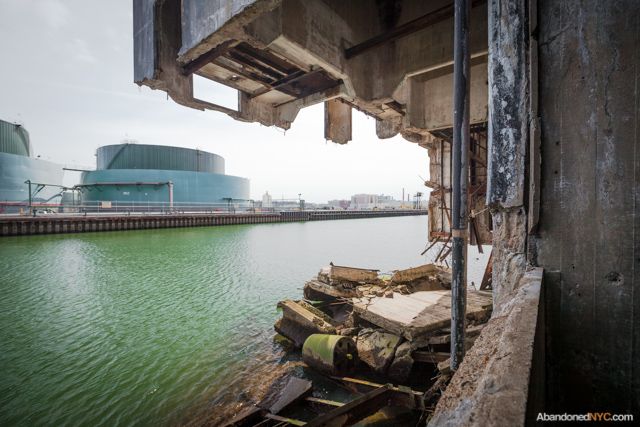
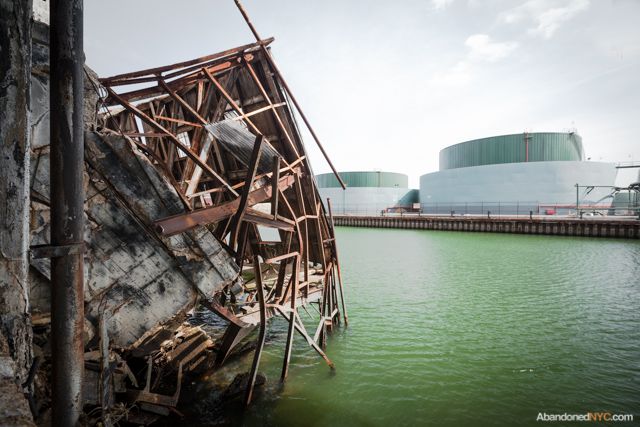
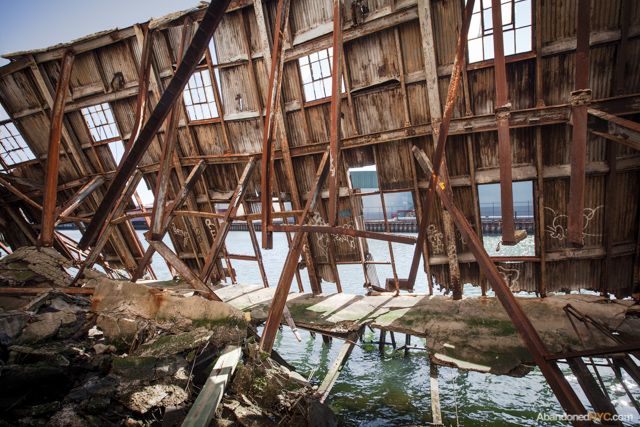
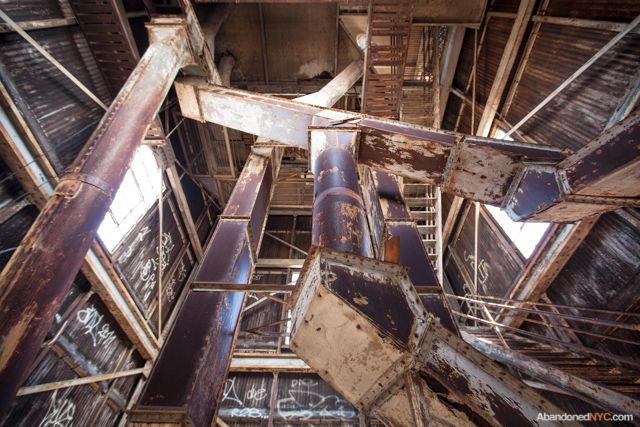
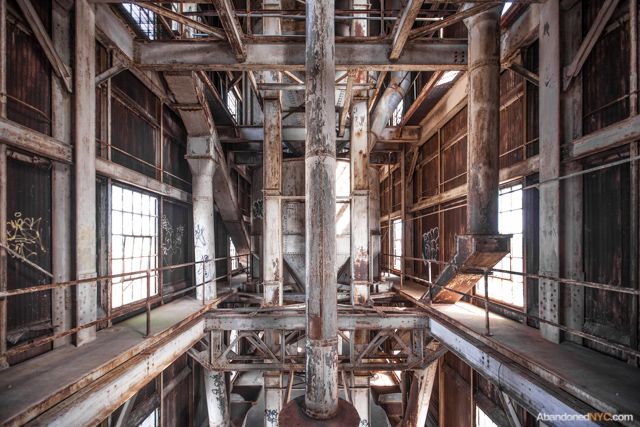
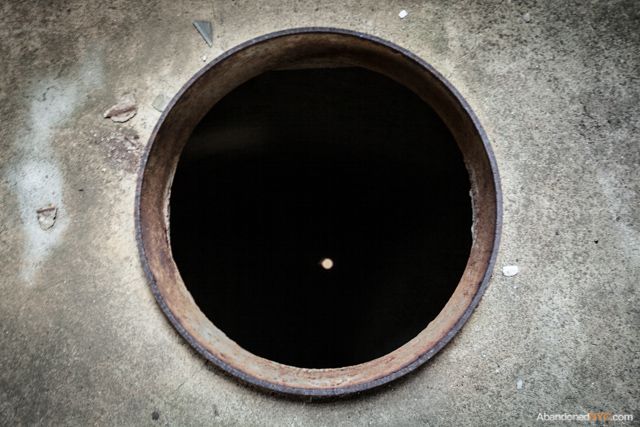
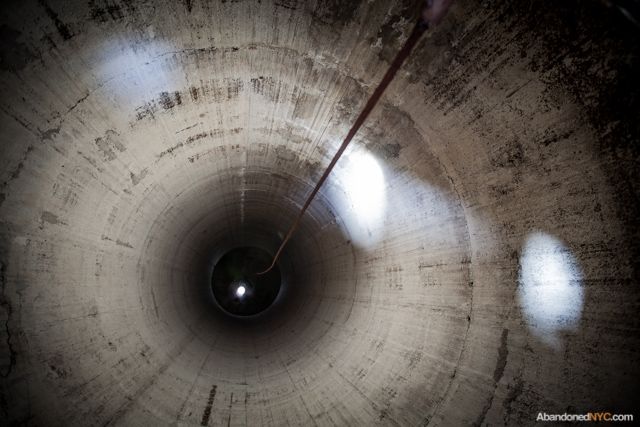
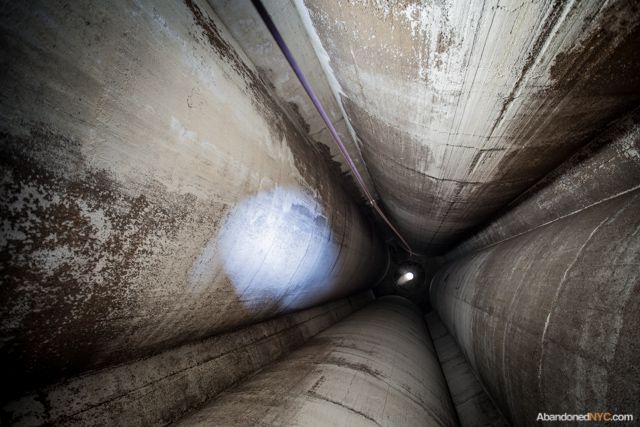
Join us on an exploration of Brooklyn’s abandoned Dead Horse Bay with Abandoned NYC on March 25th, 2015:
For more photos and the history behind New York City’s most fascinating abandoned spaces, check out AbandonedNYC.com, and follow the project on Facebook for updates.
Subscribe to our newsletter